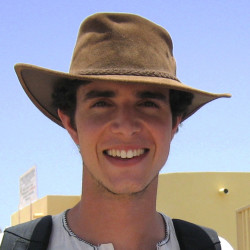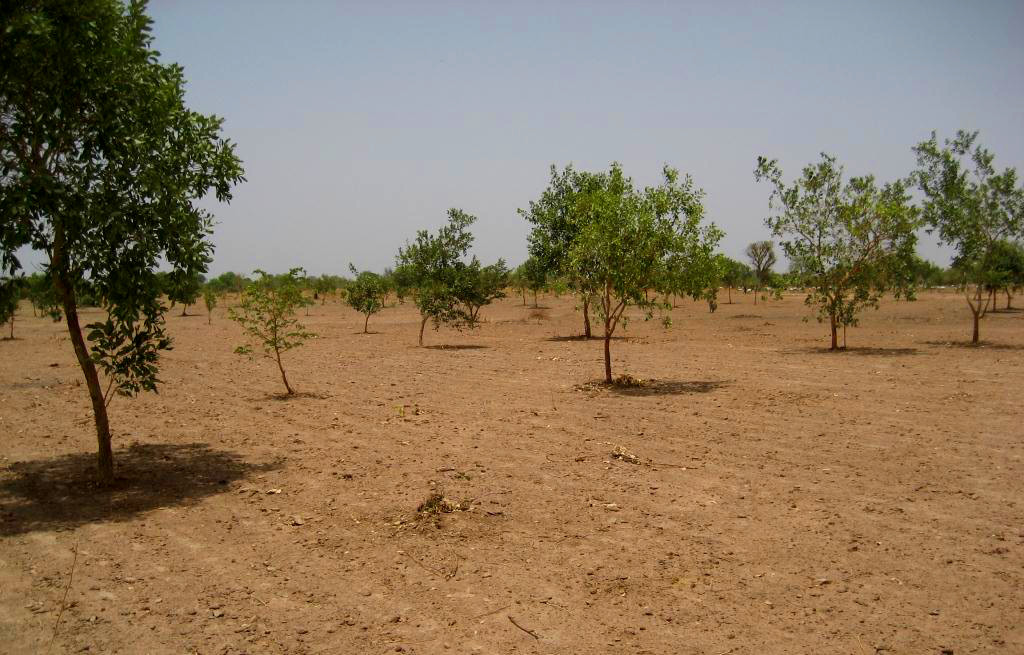
Food Security and Environmental Management in Senegal
July 16, 2014
by Chris McMillan
“My name is Babacar Ndiaye, I’m from the village of Ouyal Sandé Sérère and I’m the president of the environmental surveillance committee for my village. Knowing the importance of trees, I started doing FMNR before the Beylene Sen Tol Project began. However, the Project has encouraged me to go even further with this work. I have regenerated 90 trees across my field of 1.5 hectares. I have also put red paint and red ribbons on these trees to identify them and stop people from cutting them down. I am already starting to see the benefits of FMNR. Animals like passing through my field because of the shade. Now I am encouraging my family and friends to practice FMNR as well.”
Babacar Ndiaye (Ouyal Sandé Sérère – Mbellacadiao – Fatick)
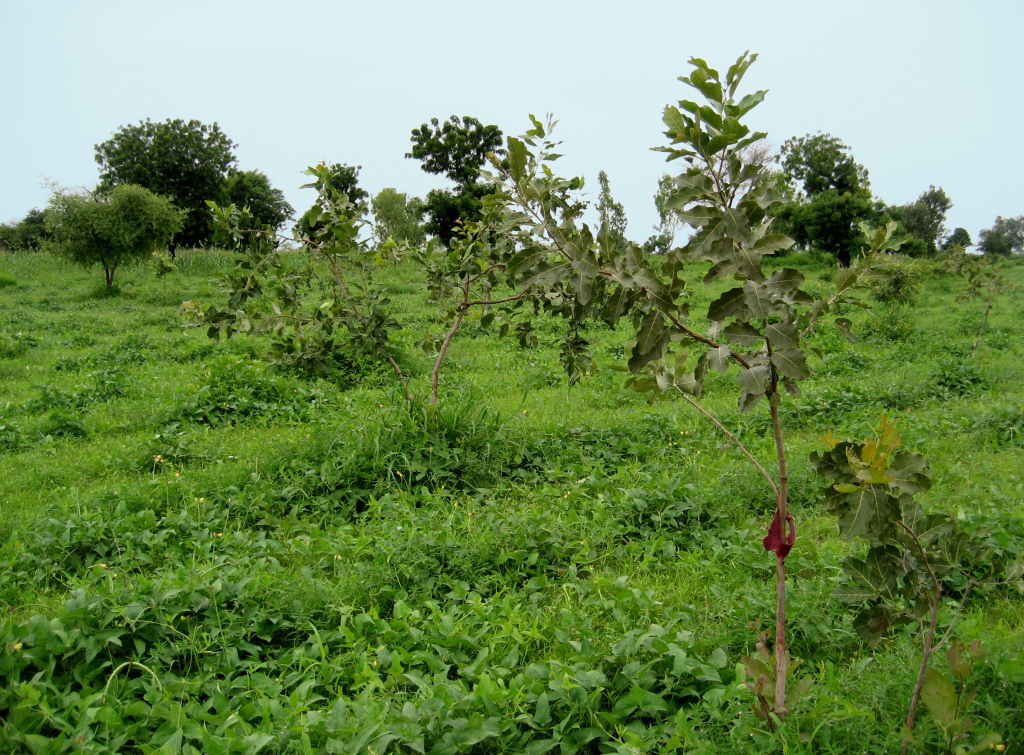
Bushfires are one of the major environmental management problems in the Kolda region, particularly in the area of Dabo. Indeed, it was revealed that these bushfires are often caused by people from the villages. But given the lack of understanding of this issue that devastates thousands of hectares of forest every year, the perpetrators are not reprimanded by the population of a non-denouncing culture. Some residents of the community justify this behaviour by the fact that they do not feel responsible for the management of their environment. Committed to promoting environmental management through smallholder farmers and therefore members of the community, the Beylene Sen Tol Project has this year developed an extensive program of awareness building and training bushfire surveillance committees to fight against bushfires in each project zone, along with beekeeping activities to enhance potential. Results in changing people’s behaviour were remarkable.

Moulaye Balde, son of the village chief Fass Kahouné, from the rural community of Dialimbéré says: “I am part of the bushfire surveillance committee and I am a farmer who has practiced beekeeping for quite a long time, using traditional methods. I collect honey and sell it on the market. I should note that we often experience difficulties in collecting good honey as a result of intense bushfires that destroy the forest. However, after being informed and trained on bushfire management by the local environmental agent in Dabo, where we were shown control techniques and ways to manage potential perpetrators or criminals, this issue was better appreciated by those of us who are now charged with monitoring and managing early signs of fire, creating fire corridors and reforestation. In our zone, my village and those of Dembadié and Sinthiang Assane came together to form a bushfire surveillance committee to fight against bushfires. We have established 1.5 km of fire corridors and cleared 800m along roads connecting to villages. However, despite these preventative measures, a bush fire was sighted this year, but was quickly extinguished by mobilising the forces of the surrounding villages. The recorded damage was 8 hectares of scorched forest, of which a one hectare cashew orchard was destroyed. After extinguishing the fire, an investigation was carried out to identify the perpetrators, who were finally discovered and reported to the local environmental agent of CADL, Mampatim, to be apprehended and fined. People are now aware of the danger posed by bushfires and they denounce anyone who causes them.”
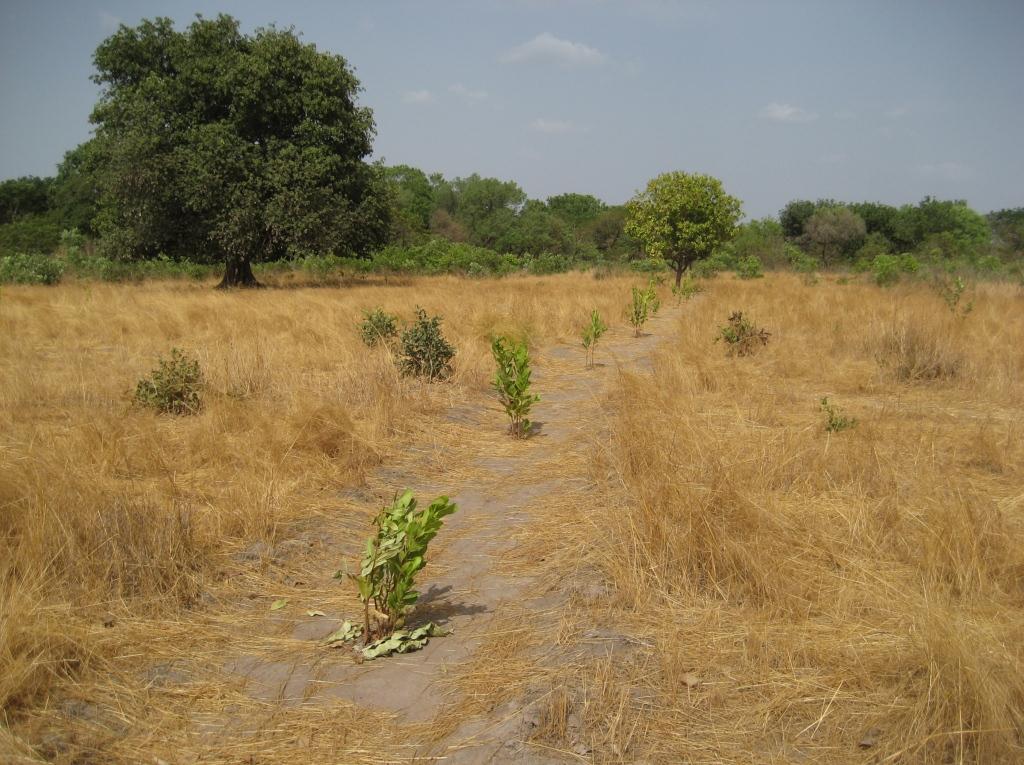
Having long focused on the practice of FMNR in the Kaffrine area, the Beylene Sen Tol Project, which focuses on the potential that trees have to offer in improving economic and household livelihoods, reinforced these actions this year by promoting beekeeping. Training has been provided and the materials distributed to economic groups (GIEs) for this purpose. The GIE “Yassoto-Ngassoto” from the village Coumbidia Socé stands out for its remarkable initiatives impacting the well-being of children. Malang Camara, a member of the GIE, says:
“I have learnt to love the environment through the projects Baysatol and Beylene Sen Tol. They have led me to practice FMNR over 3 hectares with a density of 80 trees/hectare. After the training of our GIE on beekeeping techniques, I received 4 hives that I placed in my FMNR fields.
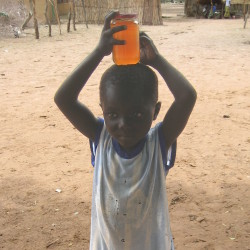
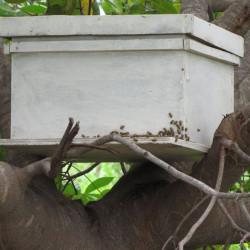
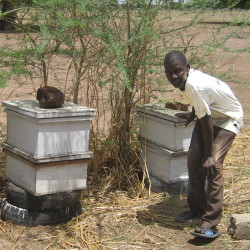
This allowed me to harvest 10 litres of honey per hive this year, giving me a total of 40 litres of honey. As part of our GIE, which has 103 members (of which 67 are women), we set in-kind contributions to enable the development of these social activities. We collected 180 jars of 40cl sold at 1 500 francs per jar. This money has been put towards buying food for our village, school supplies and registering fees for our children as well as covering our medical needs. Given the nutritional value of honey in the diet of young children, we decided to provide maternity assistance in the village by giving jars of honey to the midwives and mothers of newborns for weaning. In this way, the GIE has helped 35 newborns this year. We hope to do more in the years to come for the well-being of our children.”

